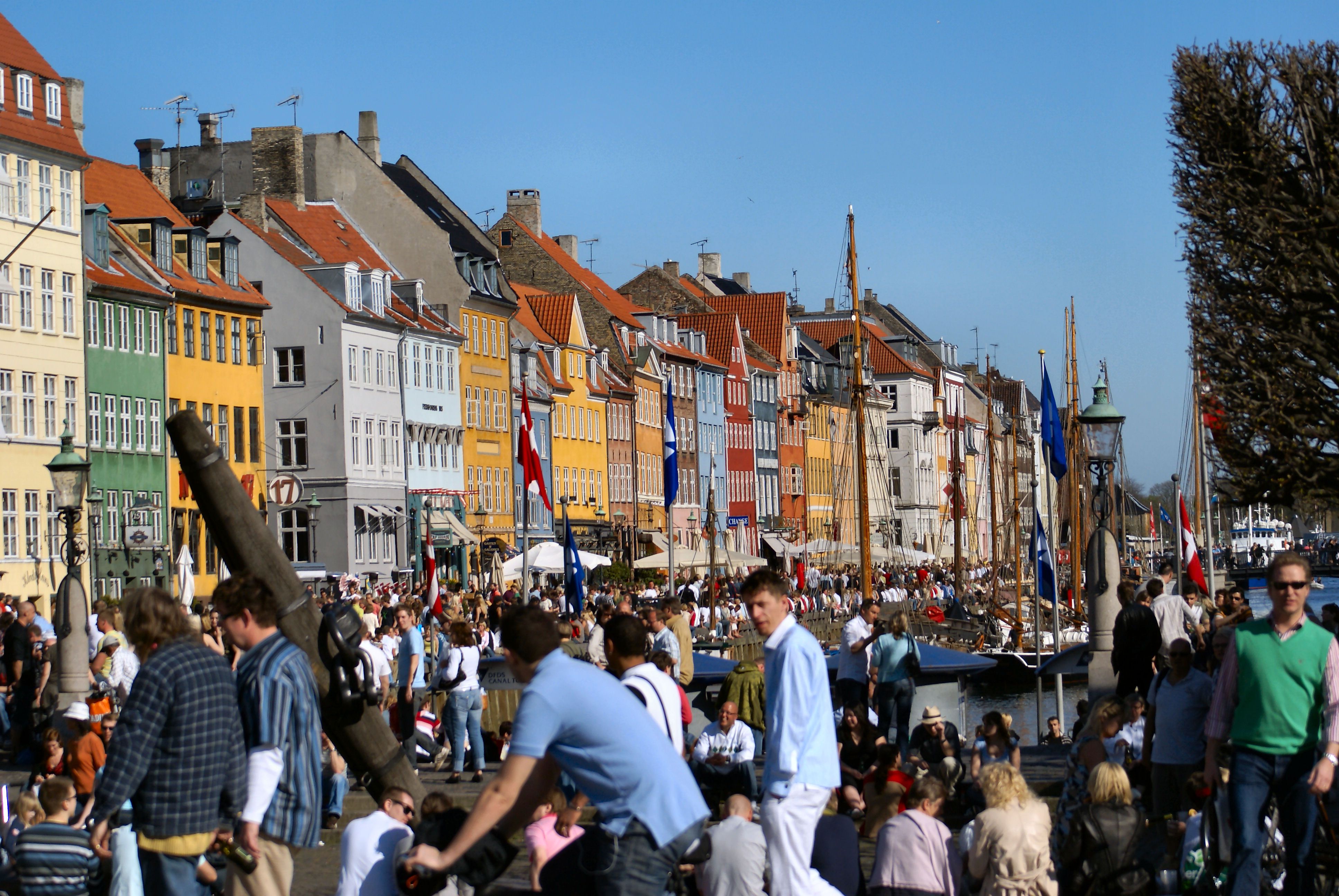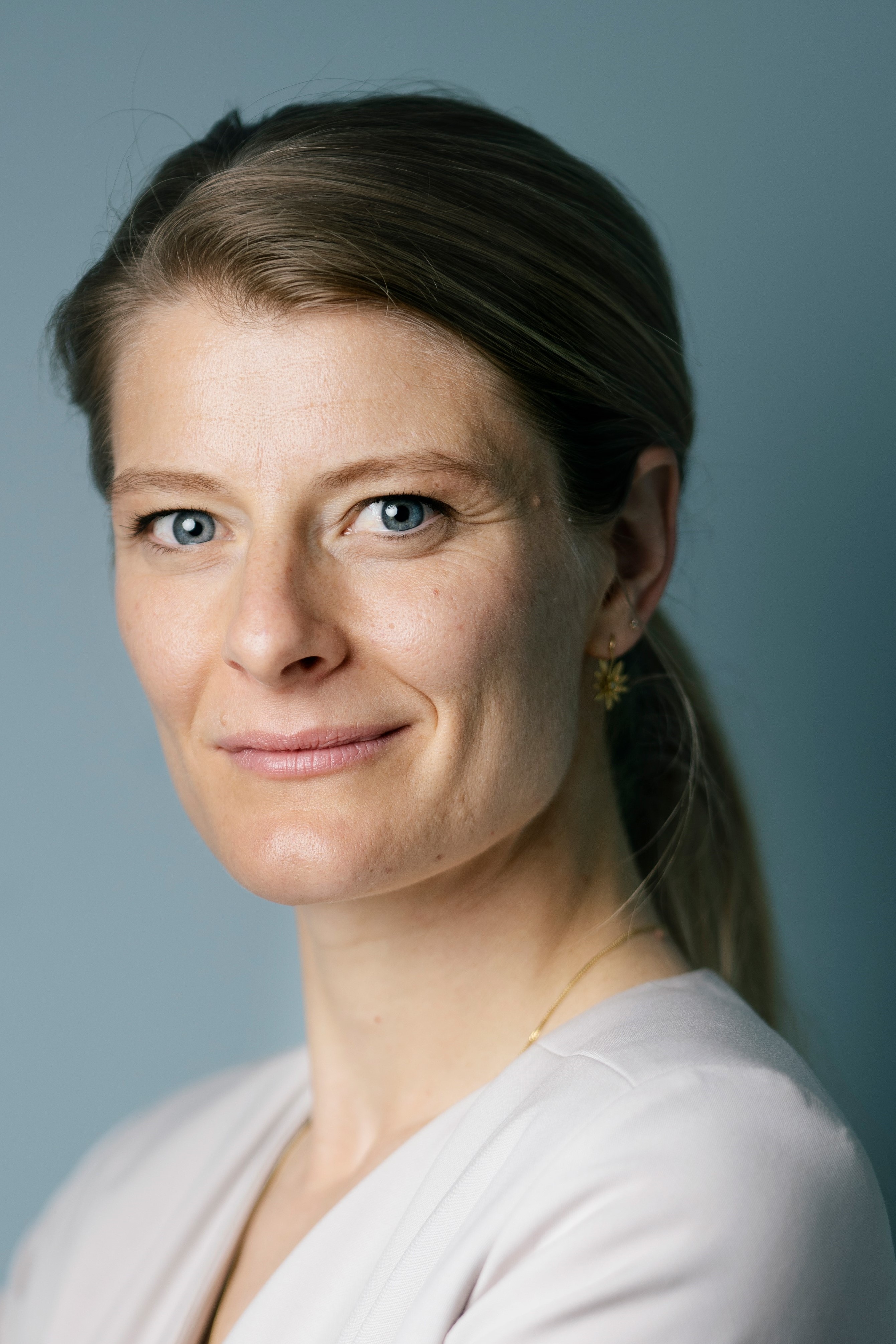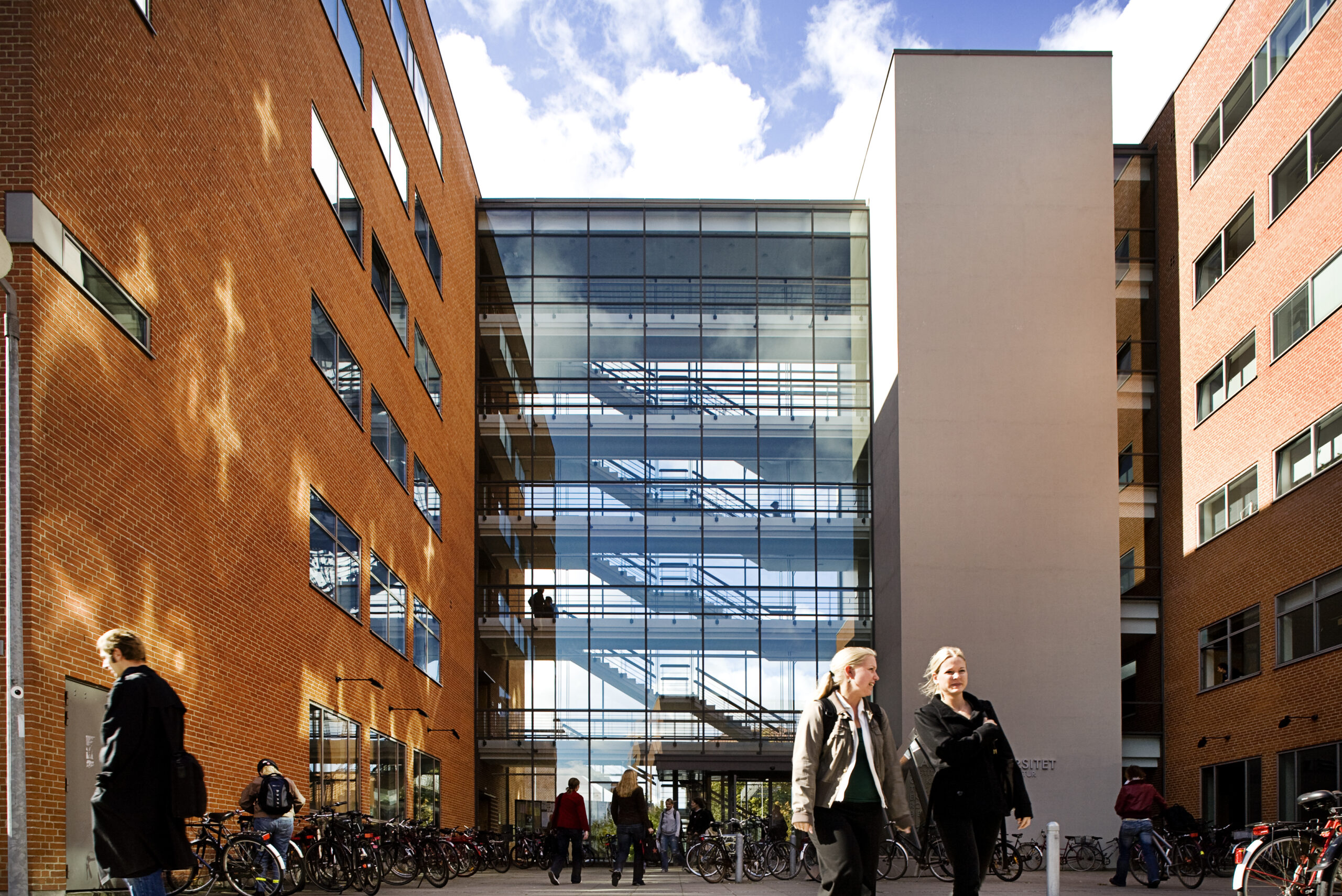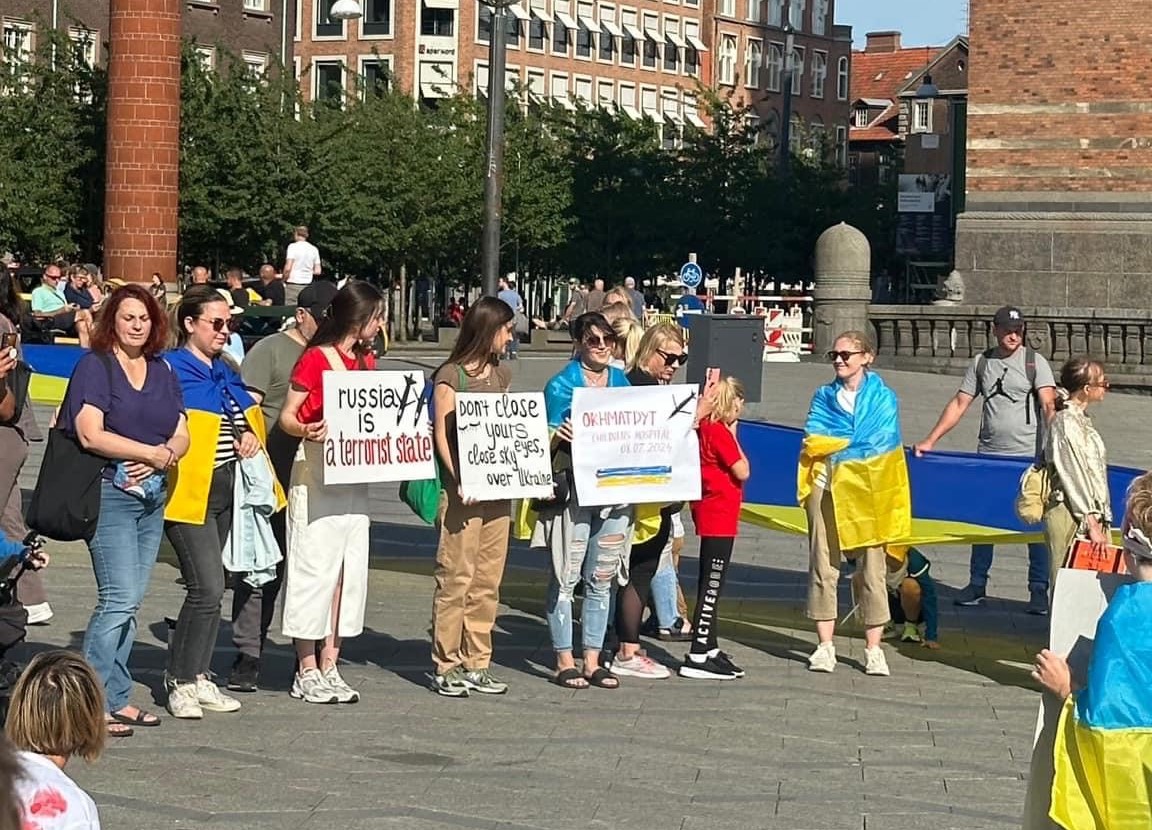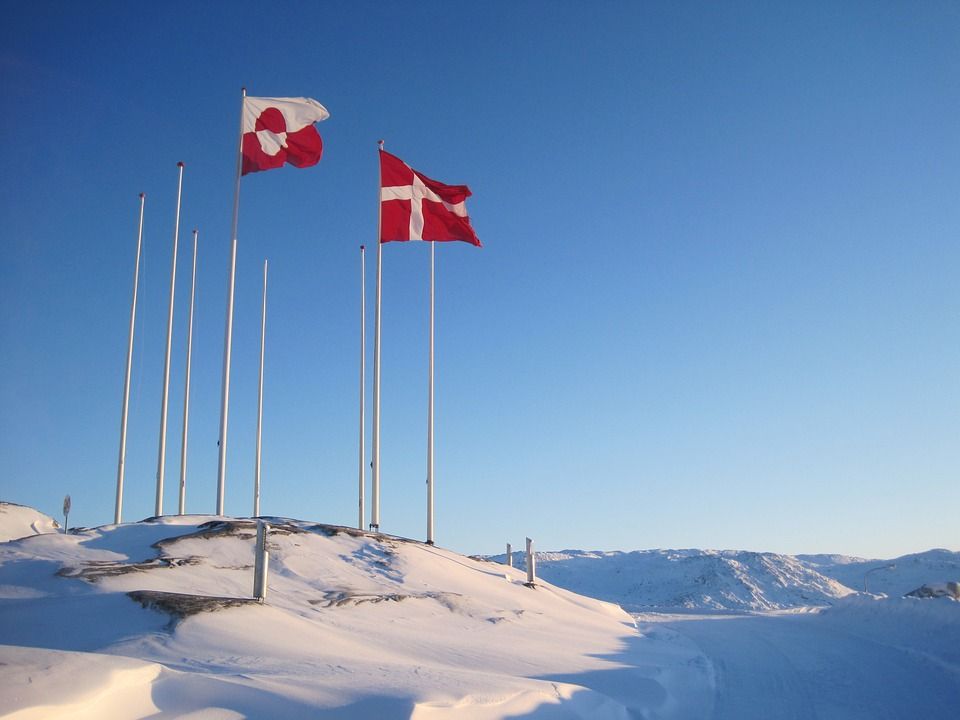The threat of more expensive fines hasn’t stopped cyclists breaking the law. Despite the cost of fines increasing by as much as 100 percent on January 1, last week’s nationwide police sting to catch cyclists resulted in 3,231 fines, the national police organisation Rigspolitiet has announced. The fines were distributed to 2,438 cyclists.
With 885 fines, the most common infraction was cycling on the pavement or pedestrian paths. At 700 kroner a pop, that’s 619,500 kroner for the state coffers. The largest moneymaker was cycling through red lights. A total of 816 fines for ignoring red lights, a 1,000 kroner infraction, cost cyclists a collective 816,000 kroner. Additionally, 160 fines were distributed for cycling without lights and 64 for cycling against traffic.
“The fines didn’t have a significant influence on the number of cases,” Rigspolitiet spokesperson Carsten Andersen admitted to Ritzau news service. “But fines aren’t the first thing you think about when you hop on your bicycle.”
When the fines jumped dramatically on January 1, it was the first price increase in 12 years. Many infractions rose from 500 to 700 kroner, while others doubled in cost to 1,000 kroner. At the time, the national cyclists’ union, Cyklistforbundet, argued that the price increases were excessive.
“We still think it is overkill and the wrong way to go about it,” Frits Bredal, a spokesperson for Cyklistforbundet, told The Copenhagen Post. “If the purpose is to achieve a better and safer traffic culture in Copenhagen, we would like the police to engage in adjustments that would have a positive impact, like allowing cyclists to turn right on red lights, for instance. Studies have been done that show this can be done without any risk to safety.”
Bredal said that the co-ordinated crackdown on cyclists is done “for PR purposes” and that police aren’t willing to positively change traffic conditions.
“We are bewildered by the complete lack on the part of the police to be part of the traffic development of the city,” Bredal said. “The Department of Justice has made it clear that as long as police give their go-ahead, you could allow cyclists to make right turns on red.”
Bredal added that, unlike other cyclist-friendly cities like Amsterdam, Copenhagen traffic police are very rarely seen on bicycles. Having traffic cops on bikes would be more effective than increasing fines, he said.
However, Bredal stressed that Cyklistforbundet doesn’t encourage cyclists to break the laws, but “the laws should make sense”.

